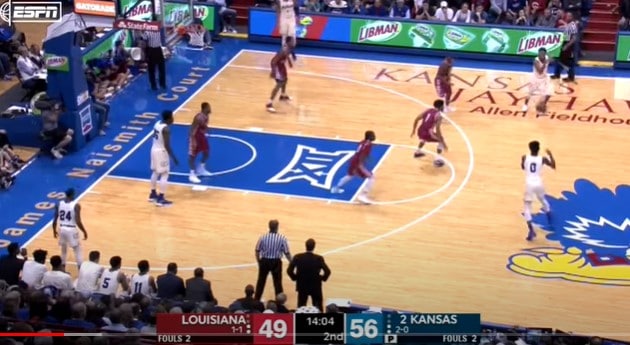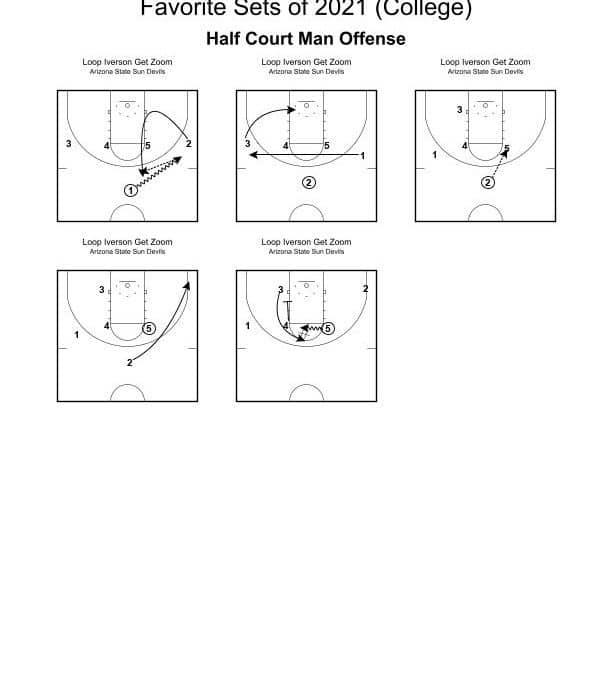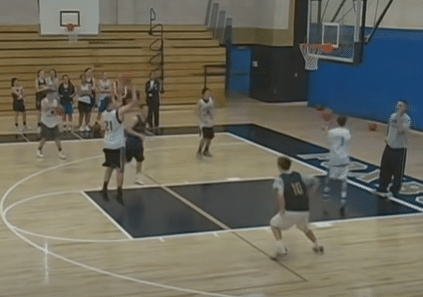Ball Screen Reads Dichotomous Key by Robb Schultz
Forgive me for being a “jock” and a “nerd,” but as a coach and science teacher, I just can’t help applying the two. I’m a visual learner, I like to see things in lists, tables, graphs, and diagrams. They help me organize and better understand information. I create checklists for most of the basketball fundamentals I emphasize. I have checklists ranging from mental preparation to the skills of offensive rebuilding. They help me teach the concepts and to continually refresh and reflect on methods.
In science, dichotomous keys are used for classification purposes. A dichotomous key is a tool that helps scientists identify things in the natural world. For example, if I wanted to know the species of tree I could use a dichotomous key to walk me through the different observable characteristics of the tree, eventually answering yes or no questions until the species of tree is revealed. It is a process of elimination. Recently I applied the idea of a dichotomous key to making ball screen reads. For every defensive action, there is a best offensive reaction. I want to teach players to identify how opponents are defending ball screens and then make the correct ball screen reads.
Click on this link to download the ball screen diagrams
Each coach and program will have subtle differences in how they approach different ball screen defenses, but opponents mainly defend ball screen reads with “drop” coverage, “hedge” coverage, “switch” coverage, and “blitz” coverage. Through scouting, especially at the high school level, we typically know the ball screen coverage we will face in a game. Teams are not very flexible at defending ball screens with multiple methods. Regardless, we want to have the flexibility to take on any method of ball screen coverage.
“Drop” coverage, also known as a soft show, is a leveling off of the ball handler by the screener’s defender. It is an attempt to make sure the ball handler cannot get downhill quickly, giving the screened defender time to get through the screen. “Drop” coverage makes it easier to defend the basket roll, as the screener defender simply meets the roller coming to the basket. Against “drop” coverage we could come off the screen shooting (not a common skill in girls basketball) or pop our screener for a shot, but our emphasis is always on attacking the basket. Against “drop” coverage the ball handler has a free run off the screen and we teach to attack the screener’s defender aggressively. This fast attack does not allow the screened defender to get through to prevent the drive and we want to get the “drop” defender on their heels. This aggressive attack makes the “drop” defender worry about the ball and the roll off the screen.
Bonus: Click on the playbook image below to download it for FREE!
“Hedge” coverage involves the screener defender showing above the screen parallel with the screener (most players are too late or lazy to hedge correctly). If the screener defender shows too early we teach to “slip” or “refuse” the screen. However, if the “hedge” is disguised and well executed I teach the ball handler to attack the outside hip of the “hedge” defender. That hip should be moving as the defender will be responsible for getting back to the roll. Players need to keep following that hip in order to keep the drive in as straight of a line as possible. Another method I teach, because inherently players avoid running into defenders, is a quick dribble hesitation and attack. The offensive player comes off the screen and hesitates until the hedge releases and attacks downhill. The hesitation must be short and the attack must be explosive.






0 Comments